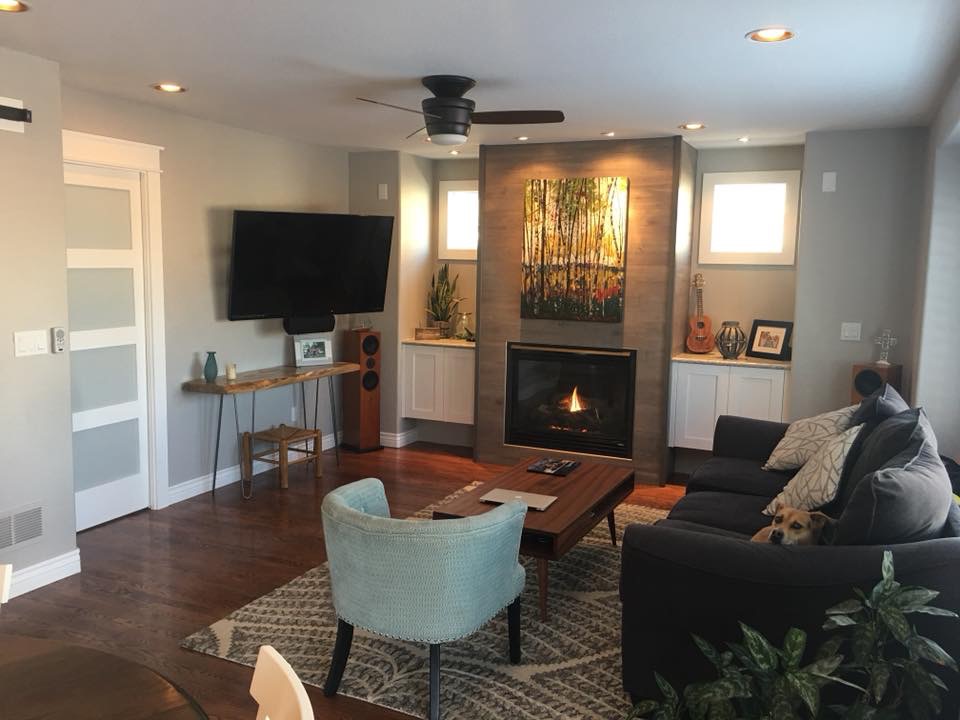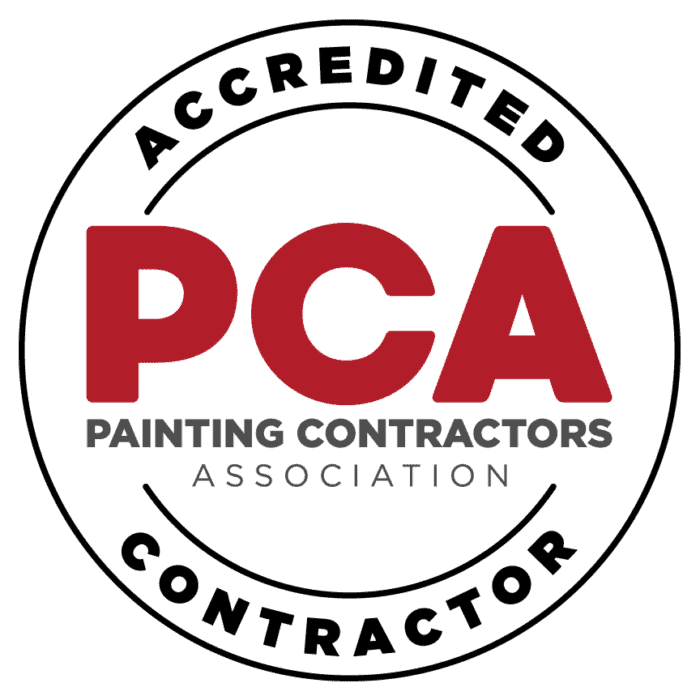Painting projects often come with a lot of questions, and one that’s surprisingly common is: “Can I use exterior paint inside?”
At first glance, it might seem like a great idea. After all, exterior paint is tough and durable, right? But here’s the problem—it’s not designed for indoor use, and making that choice can lead to some serious headaches.
From toxic fumes to poor results, it’s not just about what looks good but what works best for your space. This guide will explore why choosing the right paint matters, including tips from professional interior painters in Erie CO, so your walls look amazing and last longer. Let’s break it down and save you some trouble.
Key Takeaways:
- This blog answers can I use exterior paint inside, explaining why it’s not the best option for your health, walls, and overall results.
- Exterior paint is formulated to endure harsh outdoor conditions but contains harmful chemicals and VOCs that make it unsuitable for indoor use.
- Interior paint is safer, easier to clean, and designed to withstand daily indoor wear and tear, unlike exterior paint.

Can I Use Exterior Paint Inside?
Exterior paint is made to handle rough weather and UV rays, not the comfort of your living room. While technically, yes, you can use exterior paint inside, it’s far from ideal. Here’s why:
1. Harmful Chemicals and Strong Fumes
Exterior paint contains higher levels of VOCs (volatile organic compounds) to make it weather-resistant. These chemicals off-gas during and even after drying, releasing fumes that are harmful to your health. Using exterior paint indoors can lead to:
- Headaches and nausea
- Irritated eyes and throat
- Long-term exposure risks to your liver and kidneys
Interior paints, on the other hand, are specially formulated to have low or no VOCs, making them safer for you and your family.
2. It Doesn’t Cure Properly Indoors
Exterior paint needs sunlight and outdoor air conditions to cure. Indoors, it takes much longer for interior paint to dry, leaving your walls vulnerable to smudges, scratches, and imperfections. And let’s be honest—no one wants to deal with constant touch-ups.
3. Cleaning Will Be a Nightmare
Unlike interior paint, which is washable and easy to maintain, exterior paint is water-resistant. While that’s great for your siding, it’s not so great for scrubbing off crayon marks or everyday smudges from your walls. The paint could peel or chip during cleaning, leaving your interior looking worse for wear.
How Interior Paint and Exterior Paint Are Different?
While interior and exterior paints may look similar in their cans, they serve entirely different purposes. Here’s a quick breakdown of their key differences:
| Feature | Exterior Paint | Interior Paint |
|---|---|---|
| Durability | Designed to withstand extreme weather, including UV rays, rain, snow, and temperature fluctuations. | Built for daily indoor wear and tear, such as scratches, bumps, and stains. |
| Flexibility | Contains flexible resins that expand and contract with temperature changes to prevent cracking. | Features rigid resins for a smooth and durable finish that resists scuffs and marks. |
| Additives | Includes additives to block UV light, resist mold, and prevent mildew growth. | Contains additives to reduce drying time and improve pigment distribution for even application. |
| VOC Levels | Higher VOC levels to improve weather resistance, which can off-gas harmful fumes indoors. | Low or no VOCs, making it safer for enclosed spaces like homes and offices. |
| Cleaning and Maintenance | Water-resistant, making it harder to clean without peeling or damaging the surface. | Washable and easy to clean, ideal for removing everyday smudges and spills. |
| Application Environment | Best used outdoors where proper ventilation and natural curing conditions are present. | Specifically formulated for indoor use, drying quickly in controlled environments. |
By understanding these differences, you’ll be better equipped to choose the right paint for your project. Interior paint is the clear winner for indoor use, while exterior paint types shine in their intended outdoor environment.
Can Interior Paint Be Used Outside?
The short answer? No. Interior paint isn’t made to endure outdoor elements like rain, snow, and sunlight. If used outdoors, the paint will peel, crack, and fade quickly, leaving you with a surface that’s anything but impressive.
If still in doubt, our professional interior painters in Erie CO will recommend and help select the best products for every surface, ensuring your walls look flawless and stand the test of time.
Final Thoughts
Painting your home is a rewarding project, but it’s important to make informed choices. While you can use exterior paint inside, it’s not worth the risks to your health, the durability of your walls, or the ease of cleaning. Instead, opt for high-quality interior paint, designed to keep your home looking beautiful and safe for years to come.
At A New View Painting, we make interior painting projects easy and stress-free. Serving Louisville, Boulder, and the surrounding areas, we ensure professional results with no hassle. Here’s how we do it:
- Initial Consultation: We start with a free consultation to understand your needs, goals, and style preferences.
- Color and Product Selection: Our Erie CO painters will help you choose the best interior paints and finishes to suit your space.
- Prep Work: From covering furniture to repairing minor wall imperfections, we ensure your home is ready for a flawless application.
- Application: Our professional painters apply the paint with precision and care, ensuring even coats and a perfect finish.
- Clean-Up: We leave your home spotless, removing all materials and leaving behind only beautifully painted walls.
- Final Walkthrough: Together, we inspect the work to ensure your complete satisfaction.
Excited to refresh your home? Give us a call at 970-660-3993 for your FREE estimate, and let’s make your vision a reality!




